Pigs are eccentric animals to have as pets, and they’re interesting animals to have on a farm. Considering their size, one might think it’s crazy to have a pig for a pet. However, you can find smaller breeds with incredible attitudes and huge personalities — if you have suitable accommodations for them.
The kunekune pig breed is an incredible option for both farms and pets. They have a docile nature and are extremely intelligent. The kunekune is easy to train, they’re wonderful with kids, and it’s said that they’re much less destructive than other pig breeds.
In this article, I’ll share the benefits of raising kunekune pigs as both livestock and pets. I’ll be including any drawbacks associated with them as well. Within this piece, you can uncover everything you need to know about raising these beautiful creatures.
What’s So Special About the Kunekune Pig?
The question should be, what’s not special about kunekune pigs?
Kunekune pigs are far from the average pig. They are long-haired with an origin full of mystery that nobody truly knows. Here’s why they’re such special pigs:
- They were once endangered.
- They come in various colors.
- Their temperament is excellent, even with kids.
- We can keep them as pets.
- We can keep them for meat.
- Kunekune sows are excellent mothers and experience few problems with giving birth.
- They’re not destructive.
- They’re a superb source of lard, and the meat is delectably delicious.
- They have fun personalities being inquisitive, intelligent, mischievous, sweet-tempered, silly, and playful.
What Are Kunekune Pigs?
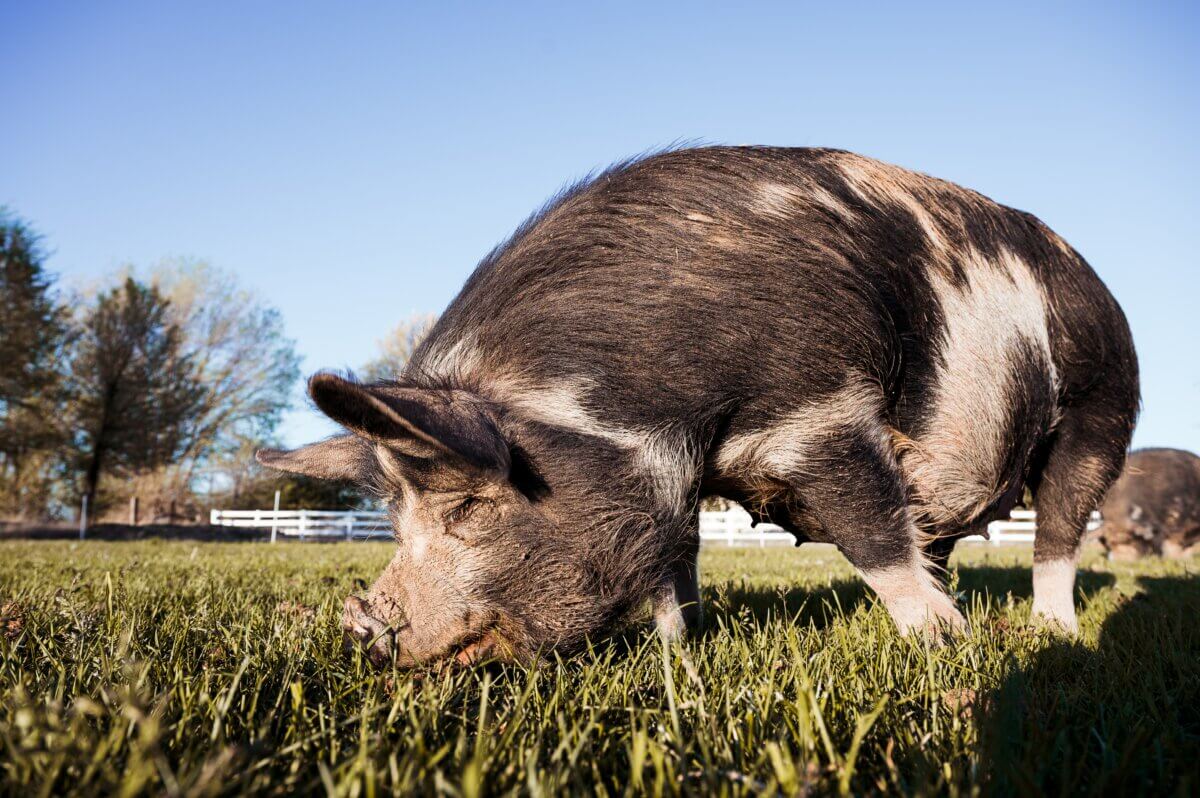
In the Māori language (Māori are native peoples of New Zealand), kunekune translates to “fat and round,” which is a fitting description of this breed. Māori have been raising kunekune pigs as a food source for feasts and ceremonial eating (such as the Tohi ceremony) for centuries.
The kunekunes’ origins are debatable, however. While many people believe the Māori brought the first “kunes” to New Zealand’s mainland in canoes, the breed’s piri piri or wattles may be an indication that Asian expeditions are the source of their origin. This is because these wattles are commonly found on domestic pigs from Asia.
Not all kunekunes have piri piri, but wattles are considered to be a breed trait. Interestingly, two wattled pigs can produce unwattled piglets and vice versa. So while not all kunes have wattles, it’s regarded as a distinguishing mark of the breed.
The texture and color of kunekune pigs’ coats vary. Some of these pigs can have patterns or spots. During the summer, it isn’t uncommon for kunes to experience significant hair loss. I suppose that’s a natural feature that helps them handle the heat.
In the 1970s, the kunekune breed was nearly extinct, but a group of advocates obtained nine purebred specimens and rehabilitated the species. Today, their numbers are in the thousands in several countries.
Kunekune Pig Size
Gilt or sows (female pigs) typically range from 100 to 175 pounds full-grown, while boars or barrows (males) can grow to be from 200 to upward of 250 pounds. Ultimately, they can reach a max weight of 450 pounds and a length of 2.5 feet.
While kunekunes are considered a smaller breed, they are still relatively hefty.
What Are Kunekune Pigs Raised For?
Unlike most pigs, kunekunes are raised for more than meat. Their sweet personalities and docile temperament make them excellent companion pets, although one must be able to accommodate them at their largest size. Again, even though they’re a small breed, they can still pack on the pounds.
Do Kunekune Pigs Make Good Pets?
Kunekunes have incredibly docile temperaments, which is one of the leading reasons they make ideal pets, especially for first-time pig people. This breed, unlike many, thrives on human interactions. Kunekune pigs enjoy hanging out with their humans, playing around, and being silly. They’re like massive dogs.
Kunekunes are incredibly intelligent and easy to train, but their high level of intelligence can lead to a more destructive side when they don’t get enough mental stimulation. They thrive with training, mental stimulation, attention, and regular interaction.
Before bringing home a kunekune, it’s essential that you check on any regulations, laws, or restrictions there might be in your area. You’ll also want to ensure you have the space and capacity to raise an animal that can grow to 200 pounds or more.
While keeping pet pigs in the house can be fun and exciting, kunekunes require easy access to the great outdoors, where they can graze. These pigs prefer to move between indoors and outdoors, similar to cats and dogs. This preference is definitely something to consider.
Can You Eat Kunekune Pigs?
Kunekune pigs are slower to mature than various alternative breeds. Still, they produce incredibly flavorful, red-marbled meat surrounded by a layer of fat. This layer of fat locks in the delicious flavor and produces tender, juicy meat that’s unique to the breed.
As I mentioned earlier, kunekunes are heavy producers of rich lard, which is excellent for cooking.
Kunekune Pigs and Housing
The kunekune pig is the easiest breed to care for since it requires little maintenance. Simple housing and fencing are all one really needs to keep these pigs satisfied. Their docile temperament keeps this breed from being destructive, but remember, without regular mental stimulation and interaction, they can act out.
Can Kunekune Pigs Be Raised on Pasture?
Kunekune pigs are massive grazers and will happily consume most of their diet from grasses. While they’re out on the pasture, they’ll need appropriate shelter from the elements. Providing 3-sided structures works well as long as one side shields them from the prevailing winds.
The structures must be large enough that all of your pigs can comfortably fit inside. They usually curl up together for warmth in cold weather, but they like their space during hotter months. Pigs also need access to mud holes, which help them cool off in the summer. Did you know pigs can easily get a sunburn?
This is another reason they need mud; they roll in it to cover themselves because it acts as a sort of sunscreen. Since pigs sweat through their noses, it’s vital that they have alternative ways to keep cool. Mudholes are one excellent way to help regulate their body temperature.
Fencing for Kunekune Pigs
We can use the same type of fencing for kunekune pigs as we would sheep or goats. Electric fencing can be used, but this is something that should be taught to pigs when they’re young, so they learn to respect the boundaries. Electric fencing is not essential.
Are Kunekune Pigs Destructive?
Surprisingly, kunekune pigs tend to be much less destructive than all other pig breeds. They don’t root around for food when they’re eating, which leaves pastures intact. They also aren’t big into challenging fences because of their docile temperament and behavior.
Again, due to their high level of intelligence, when they begin feeling neglected, whether it’s a lack of mental stimulation or a need for your attention, they may act out using destructive behaviors on purpose. It’s like dogs that feel neglected. They’re not prone to destructive behavior with the proper care, stimulation, and attention.
Kunekune Pigs in Winter
Kunekune pigs are incredibly cold-hardy, so they don’t typically require extra heat. However, if they have new or young piglets, they need extra heat to keep their young safe and warm. If your sow has piglets during the winter, they will need a heat lamp* for warmth.
*Note Please ensure any heat lamp or heat source is installed so the barn or structure doesn’t catch fire. Heat lamps should never be able to come in contact with your animals, bedding, structures, or anything else that could burn or start a fire.
Pigs naturally curl up together for body heat, which helps them stay warm during the colder months. If you only have one pig during the winter, providing them with extra hay and bedding would be best.
While pigs don’t naturally form large herds, they seek out other pigs’ company to maintain physical contact. So having one kunekune pig can cause them to become lonely.
Feeding Kunekune Pigs
Kunekune pig snouts tip upward, allowing them to graze without rooting everything in their path to find food. They’re very big grazers. Depending on the quantity and quality of grasses available, you may have to supplement a kune diet with grains. Supplementation will become essential during winter (depending on the climate).
As with any pig, kunekunes enjoy other fruits and vegetables.
Breeding Kunekune Pigs
Kunekune boars are ready to breed at about 8 months old but do not reach complete fertility until they’re a year old. Secondary characteristics surface around the 18-month mark.
A sow’s heat period can last between 8 and 48 hours and repeats every 18 to 22 days until she gets pregnant. Pregnancy lasts about 116 days. Approximately one week prior to delivery, a sow should be transferred to a farrowing pen.
Kunekune sows are generally exceptional mothers with little to no issues giving birth or raising piglets. An average litter ranges between 6 and 8 piglets. A small litter of 1 or 2 piglets is rare because the sow will usually abort or reabsorb the fetus.
One issue with kunekune boars is infertility. Boars often have varying levels of fertility corresponding to the time of year. Extremely hot and cold weather causes their fertility levels to drop.
For kunekune sows, infertility is a bit different. Infertility changes in sows can be caused by damage to their reproductive tract due to infection, hormonal imbalance, or if they’re too fat or thin.
Hormonal therapy is an option that can be implemented for a few months. Still, some farmers will consider culling or selling her as a pet if it fails to work.
Do Kunekune Pigs Experience Any Health Issues?
Diarrhea is one issue kunekune pigs can face. This can be caused by bacterial infections or dietary changes. With young pigs, bacterial infections can become so severe that it’s a life-threatening situation, especially rotaviruses and E.coli.
Several respiratory infections including bronchitis, pneumonia, and nasal infections, affect kunekune pigs. While coughing can be a symptom of respiratory infections, it can also be caused by lungworm infection.
Congenital abnormalities can sometimes occur, which causes the piglets to be unviable. These issues can include being born without an anus. Scrotal or umbilical hernias are conditions indicating the pigs wouldn’t be bred because they are heritable health conditions.
Toxoplasmosis, parvovirus, and leptospirosis can cause sows to give birth early or abort a litter. Stillborn piglets must be handled with extreme care to prevent the spread of leptospirosis to humans because it’s a zoonotic disease.
Kunekunes are also susceptible to lice and mange. Mange results in crusty patches, ill thrift, and poor growth rates.
Final Thoughts
Kunekune pigs are incredibly intelligent, friendly, docile, and playful beings. Unlike many alternative breeds, they’re fantastic with children and thrive on interacting with their humans. This is why they make ideal pets and are incredible farm critters.
They require very little in the way of housing compared to larger breeds. Kunekunes will happily graze in grass-filled pastures without destroying the fields. They will need more protection during the winter, depending on their region.
All animals need care and attention. They should also be given loads of love. I believe this is true whether they’re pets or raised for meat.
Many blessings and happy homesteading, friends!



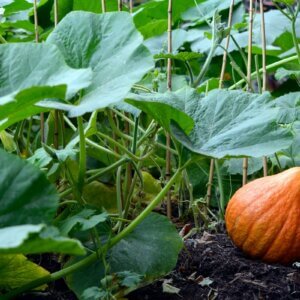
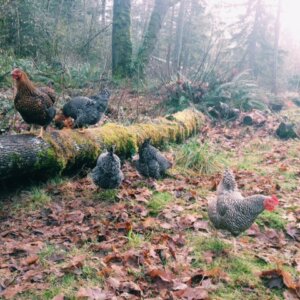
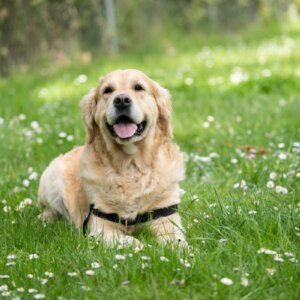
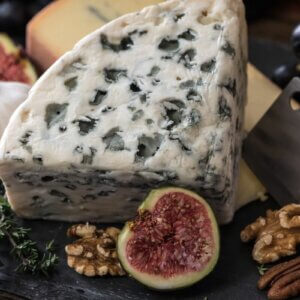


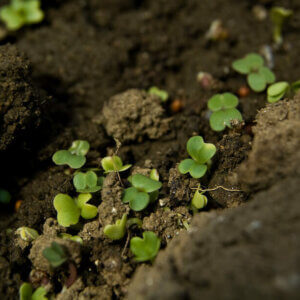
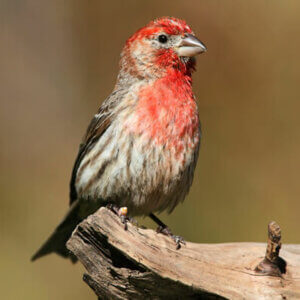

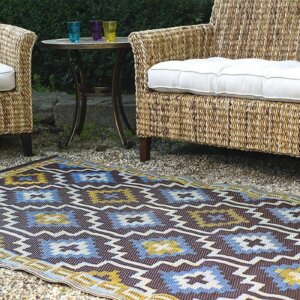
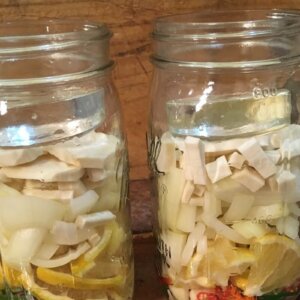
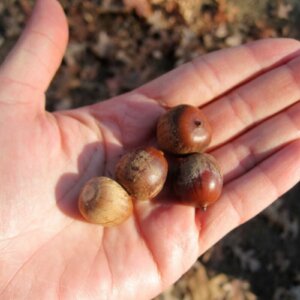
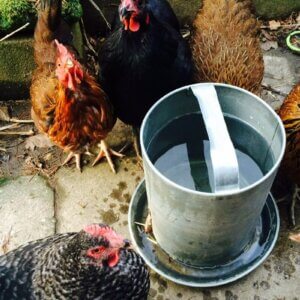


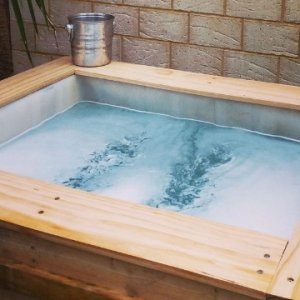
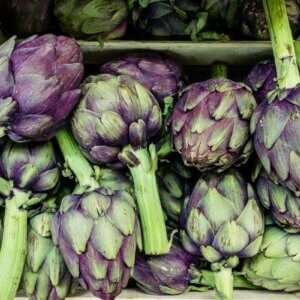


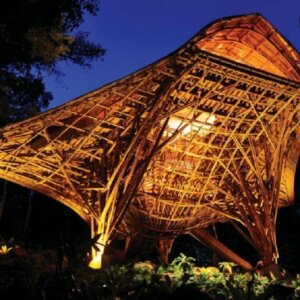

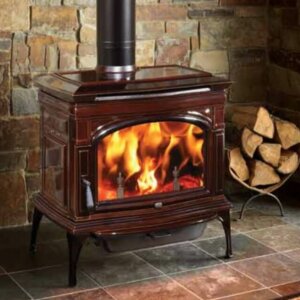




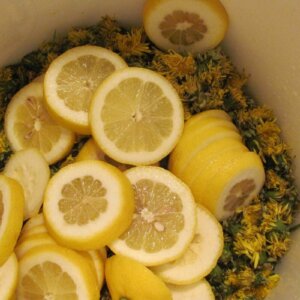
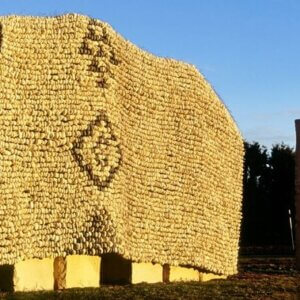
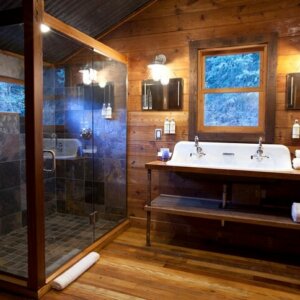

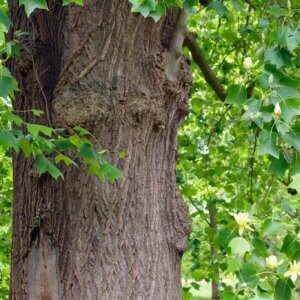

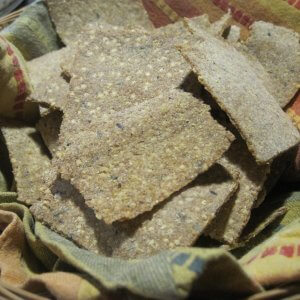
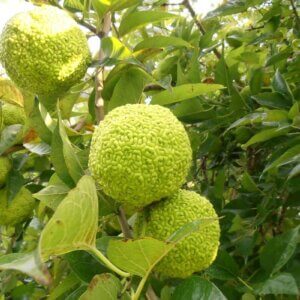
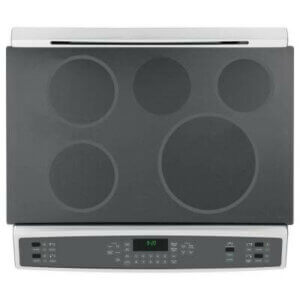



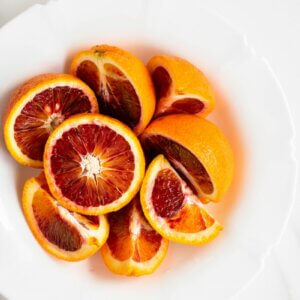
Leave a Reply